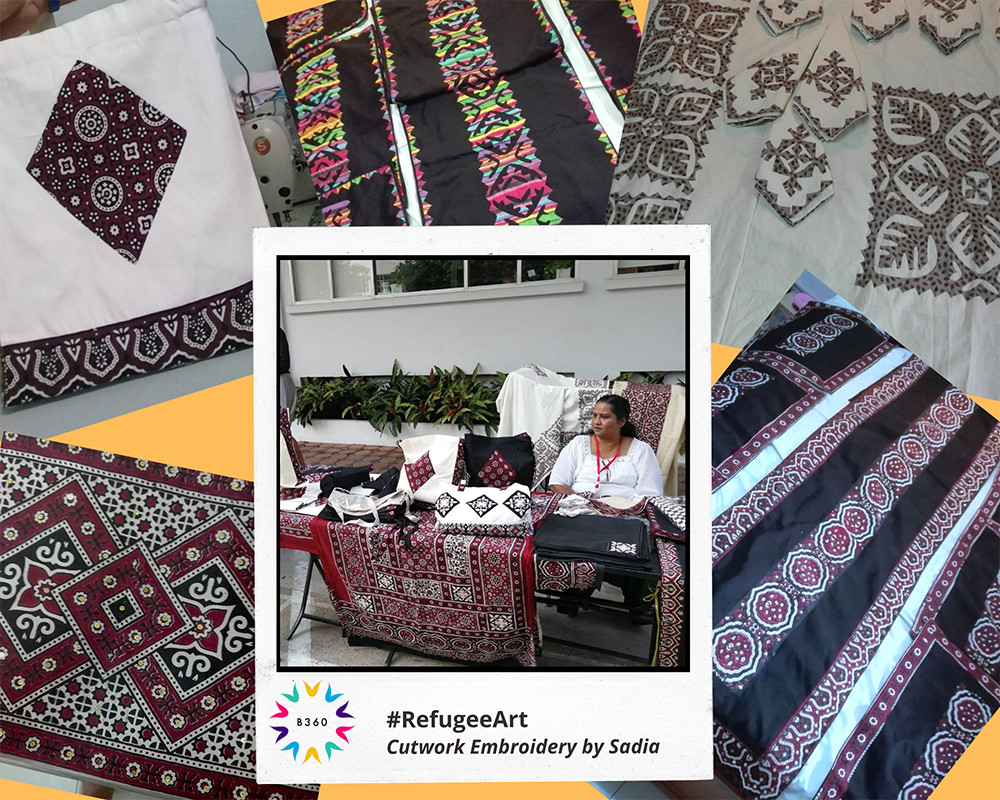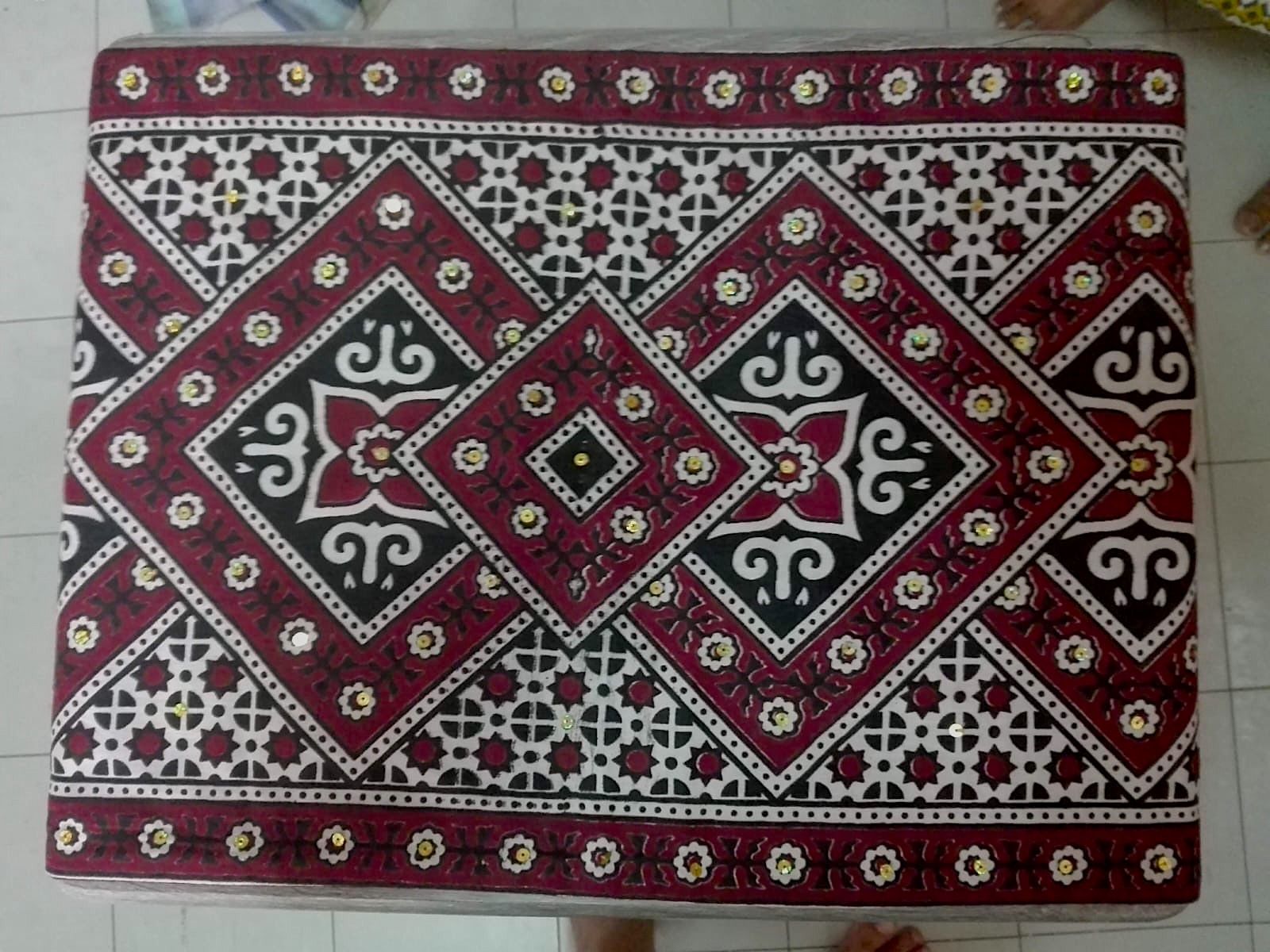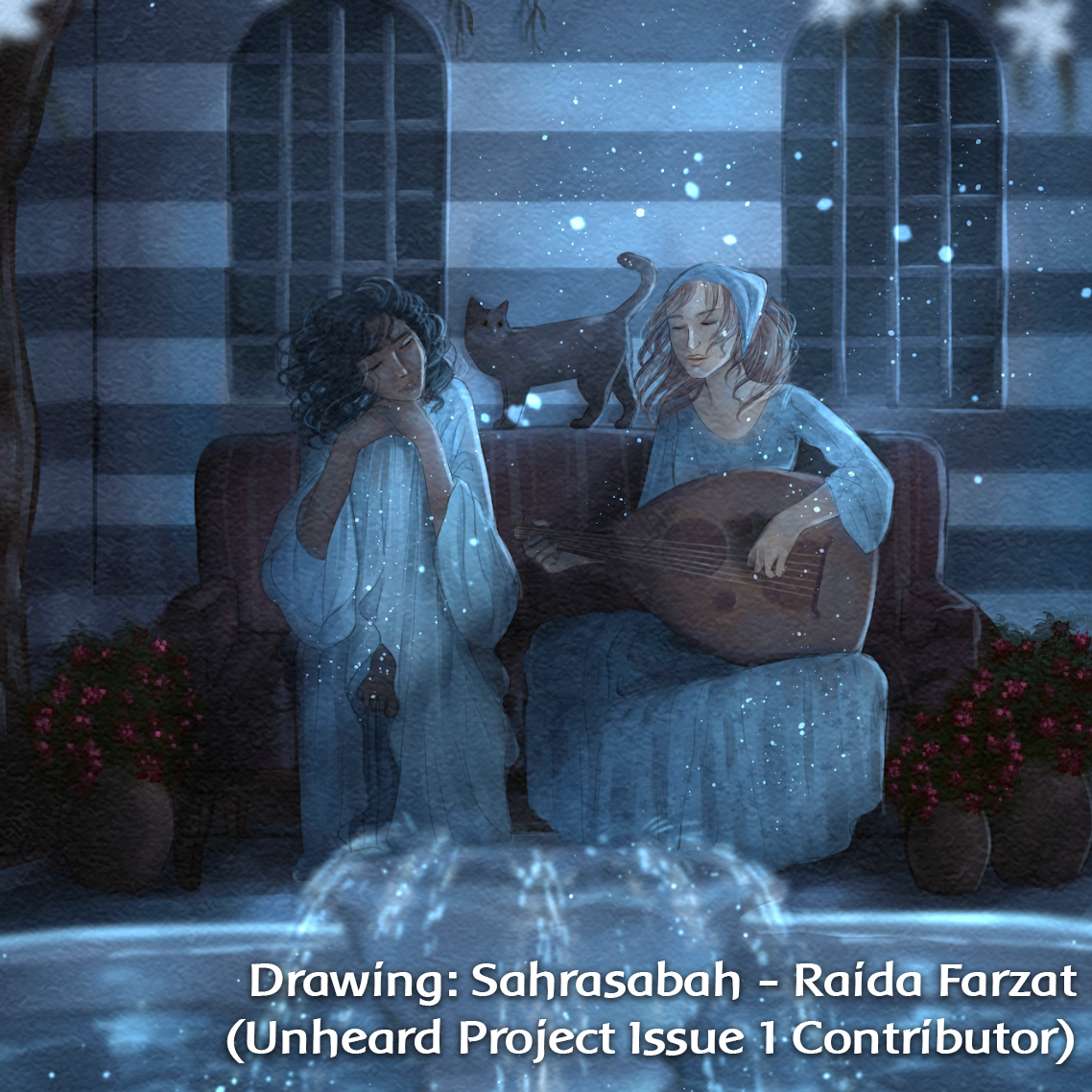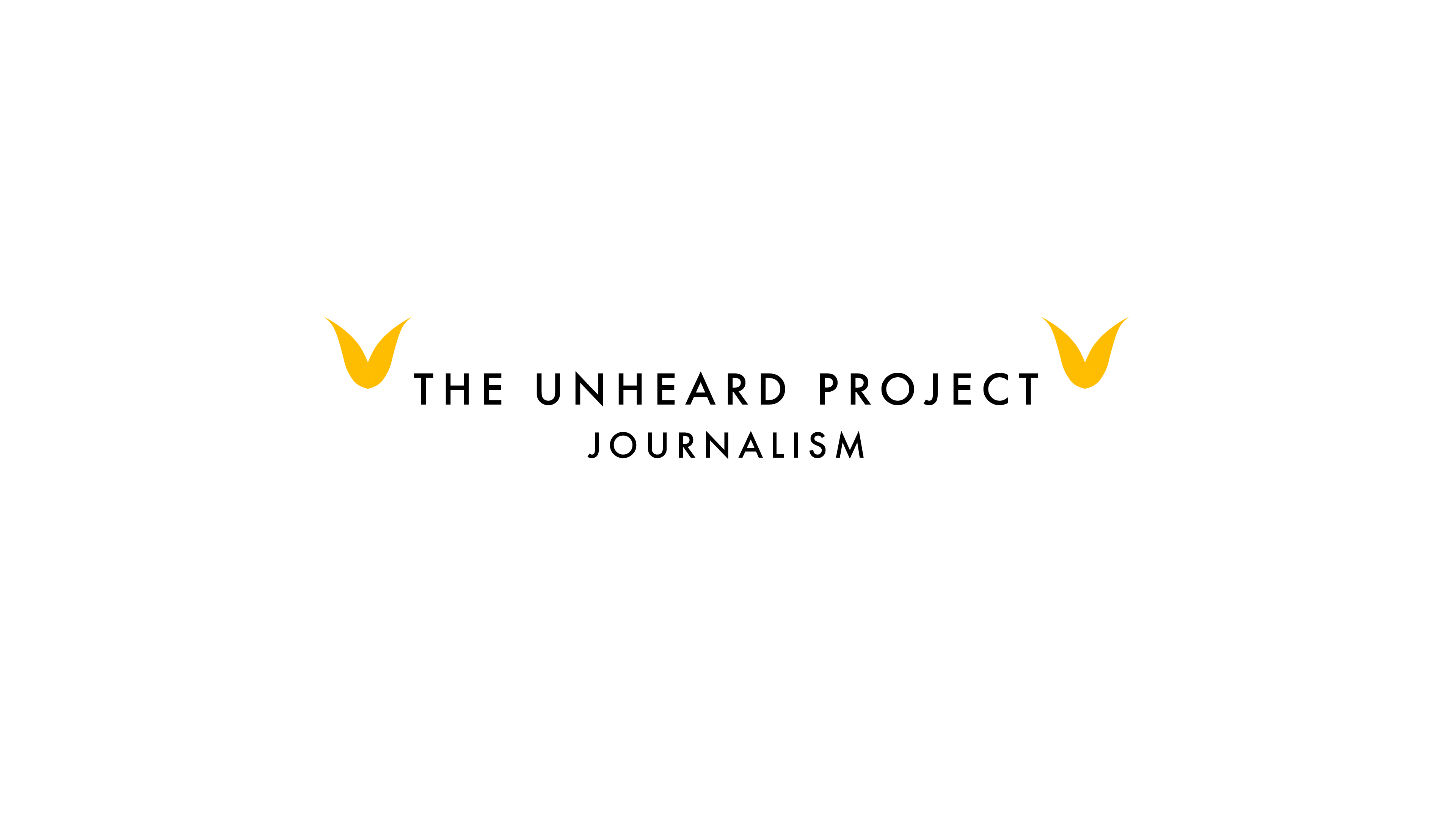Art is a universal language that transcends borders. It has the power to bring people together and inspire us to create a better future. These sayings are especially true for refugees, who often face unimaginable hardships and challenges in their journeys to safety. Despite these obstacles, many refugees continue to use their talents and creativity to enrich our communities, share their cultural heritage with the world, and make a living for themselves and their families.
Here we have the pleasure of featuring Sadia, a resettled refugee from Pakistan who has brought her ancient embroidery skills to her new home. Sadia's cutwork embroidery is a traditional craft passed down through generations of Pakistani women.

“I learned this art from my grandmother when I was a teenager,” Sadia tells us. This age-old craft involves recycling two layers of fabric. Sadia first cuts away portions of the cloth to create a base before hand-stitching the remaining threads to create intricate patterns. The result is a beautifully detailed art piece reflecting her culture and personal experiences.
Sadia's cutwork embroidery is a good example of how art can connect us to our past and inspire us to create a better future. Her creations are a testament to her talent and a tribute to her cultural heritage. Through her art, Sadia can express herself creatively and share her story with the world.

As a resettled refugee, Sadia has faced many challenges in adapting to a new country and culture. Through her art, Sadia can express herself creatively and share her story with the world. Sadia often incorporates traditional designs, such as floral patterns and geometric shapes into her unique pieces.
Sadia is not alone. Many refugees use their artistic talents to enrich our communities and share their cultural heritage. From musicians and dancers to painters and poets, refugees have made significant contributions to art and creativity.
For example, the Syrian artist Abdalla Al Omari created paintings that depict world leaders as refugees. These powerful images challenge our perceptions of refugees and highlight the humanity that we share. Another example is our previous Unheard Project musician contributor Milad Yousufi born in Afghanistan in 1995 when music was banned under Taliban rule. Now resettled in the US, his work expresses his complex feelings towards his country of birth.
The above are just a few examples to show that art is not limited by borders. It has the power to transcend differences and bring communities together. Art can also be a powerful tool for raising awareness about refugees' challenges and advocating for their rights. Let's celebrate and encourage their artistic and creative contributions. And let's continue to share the rich diversity of cultures and experiences that refugees bring to our communities.





